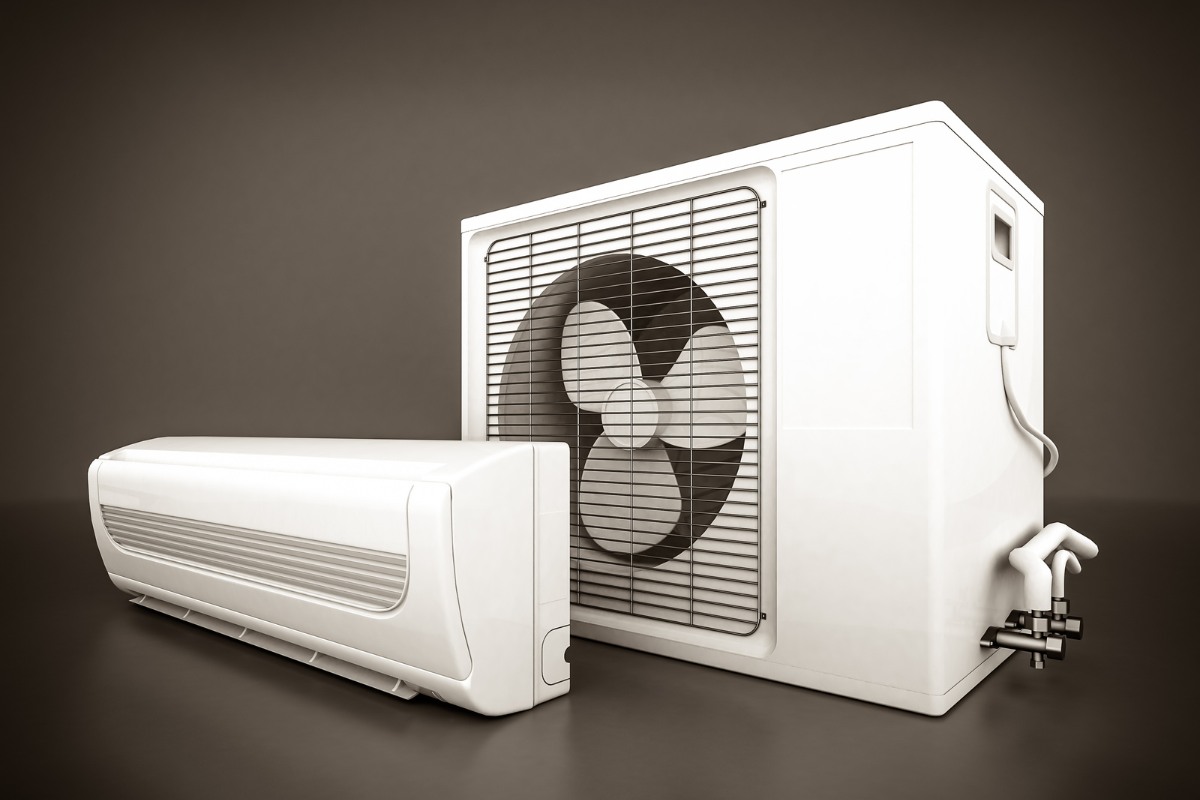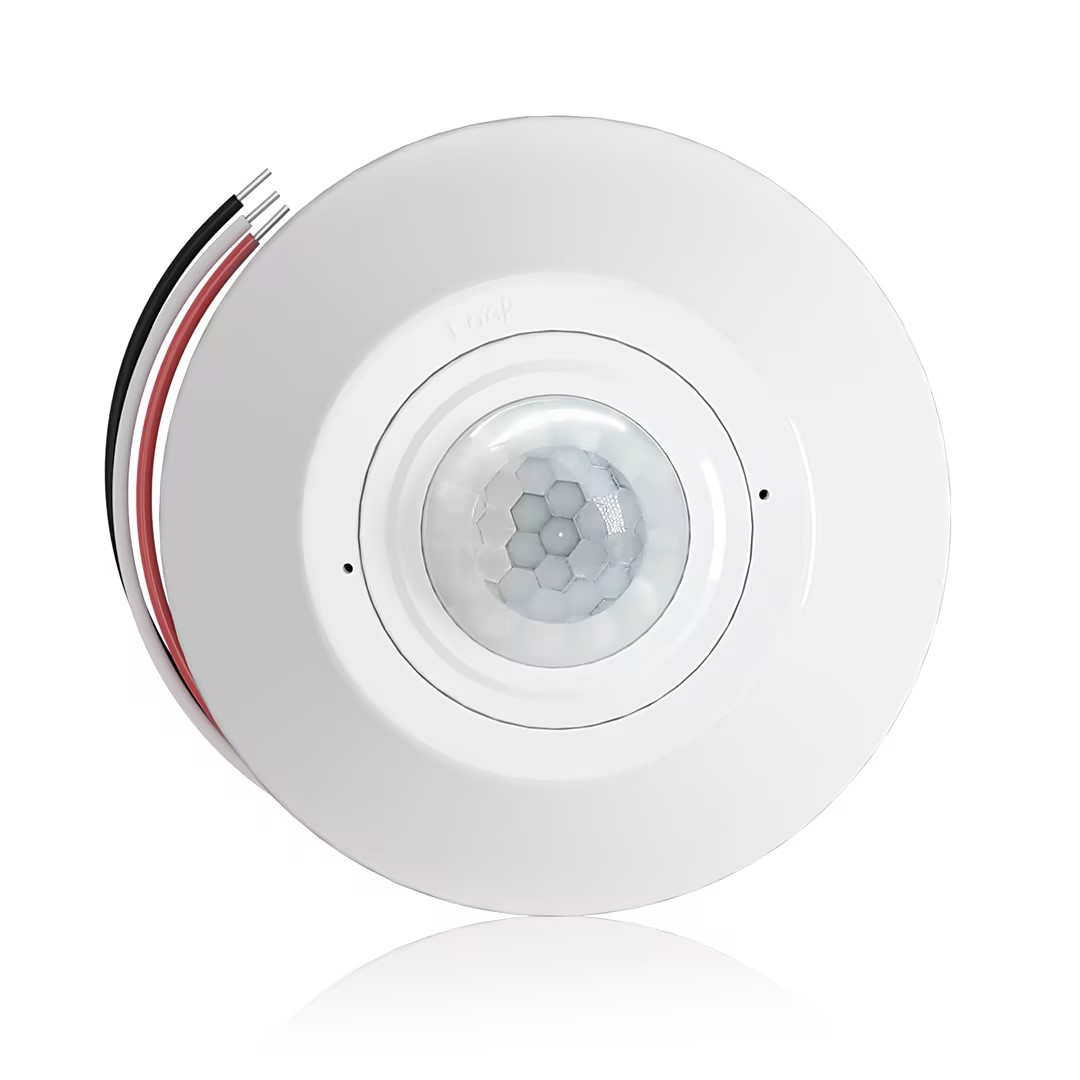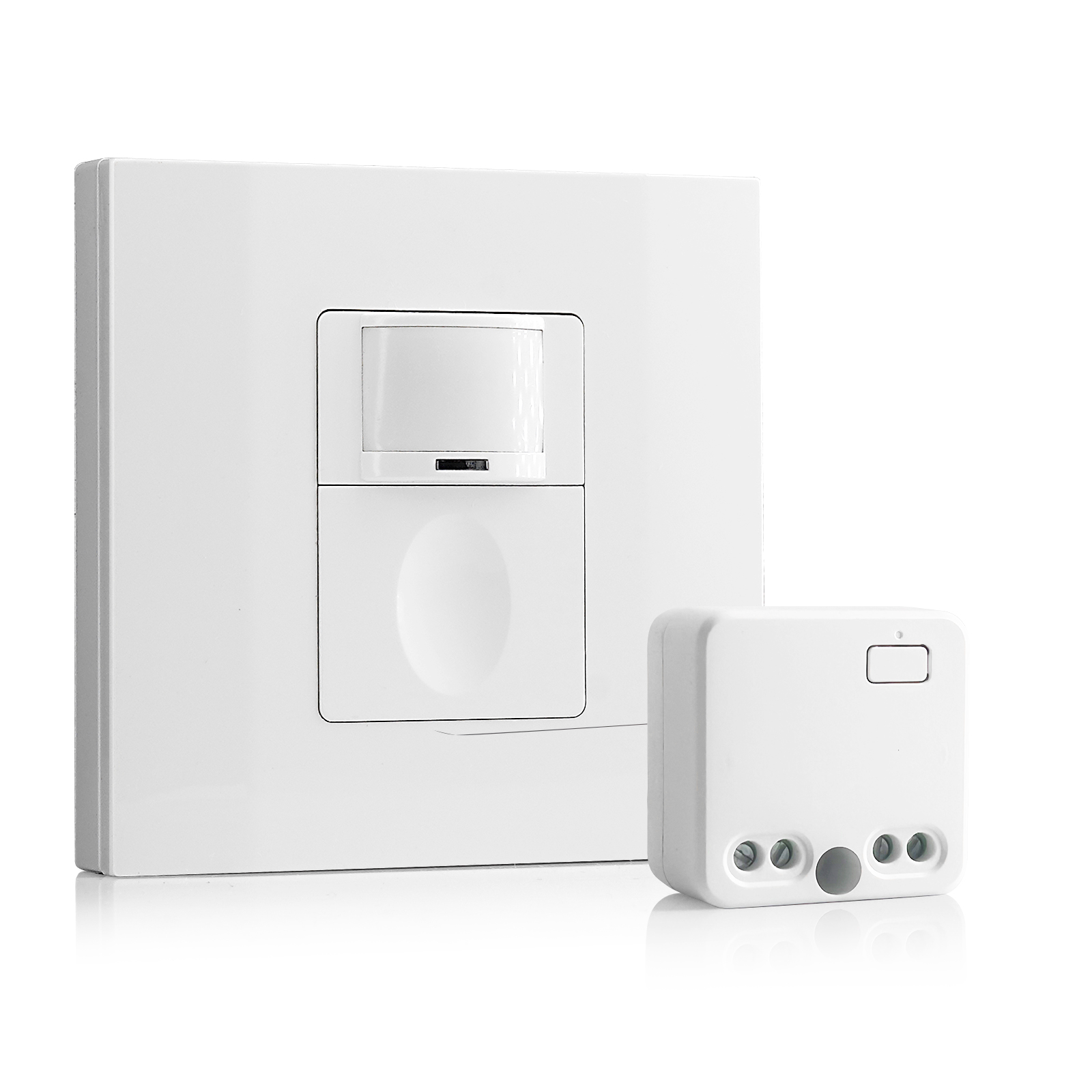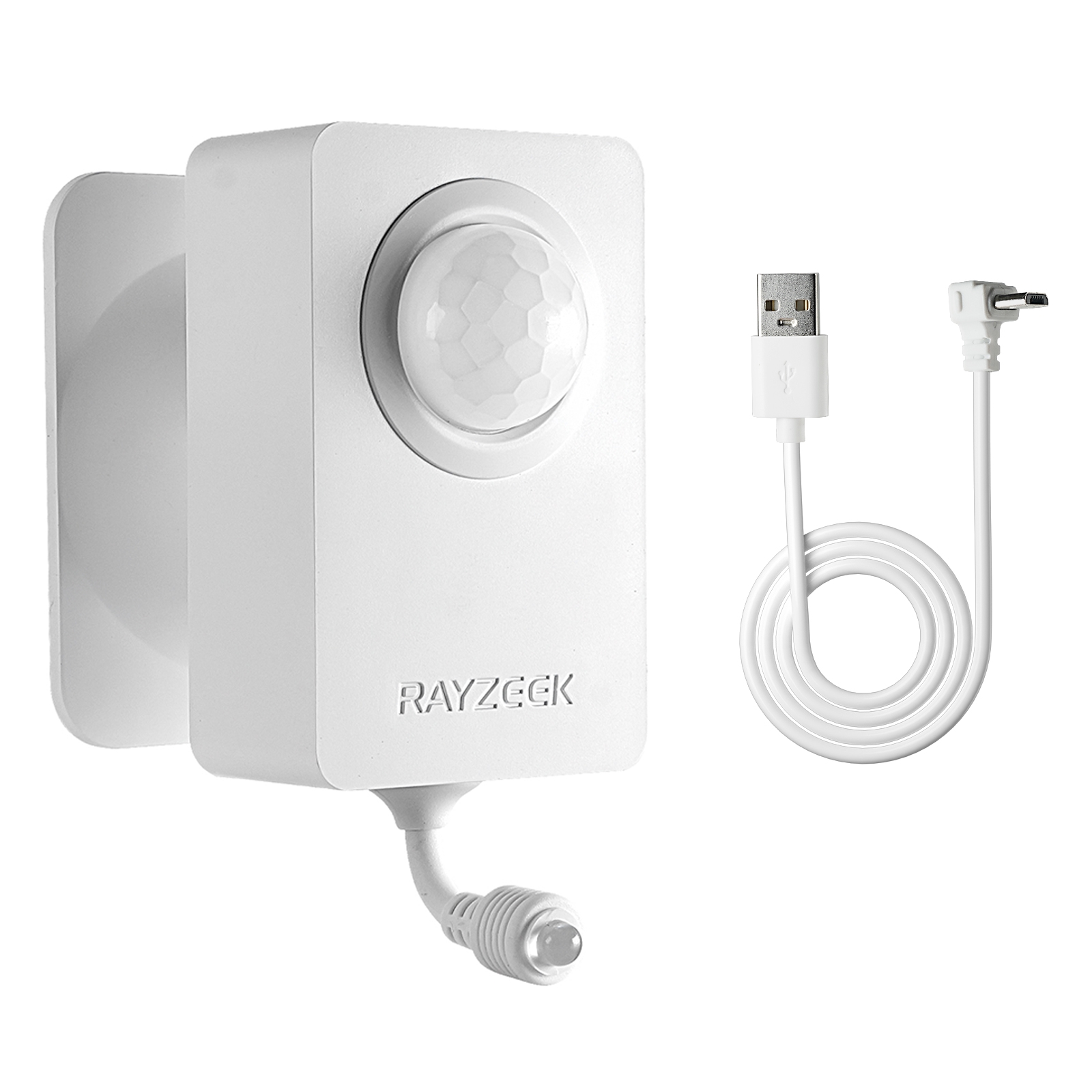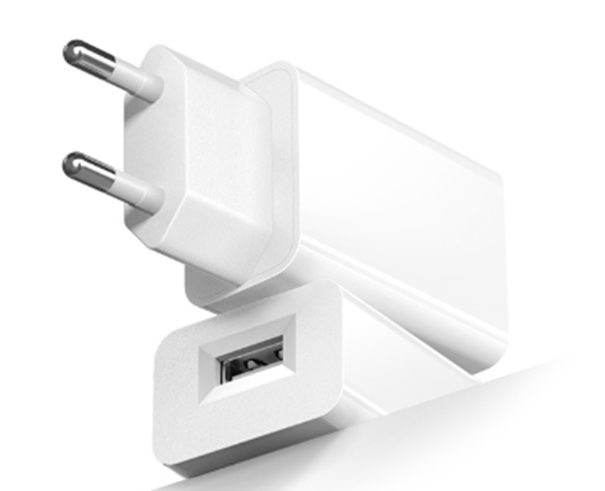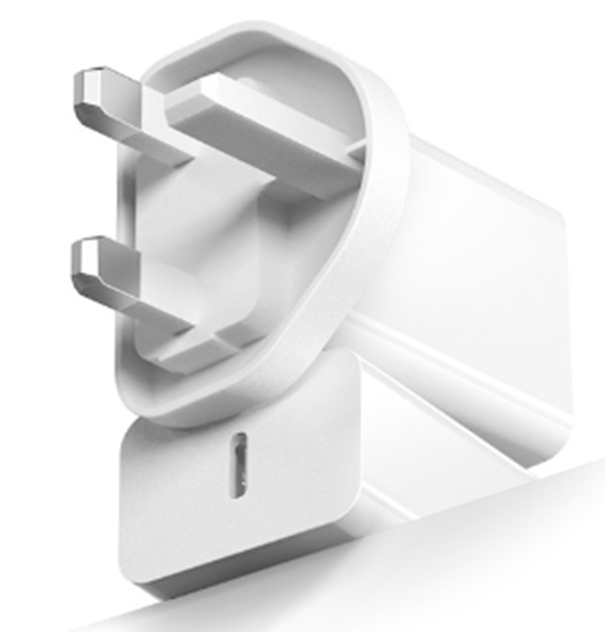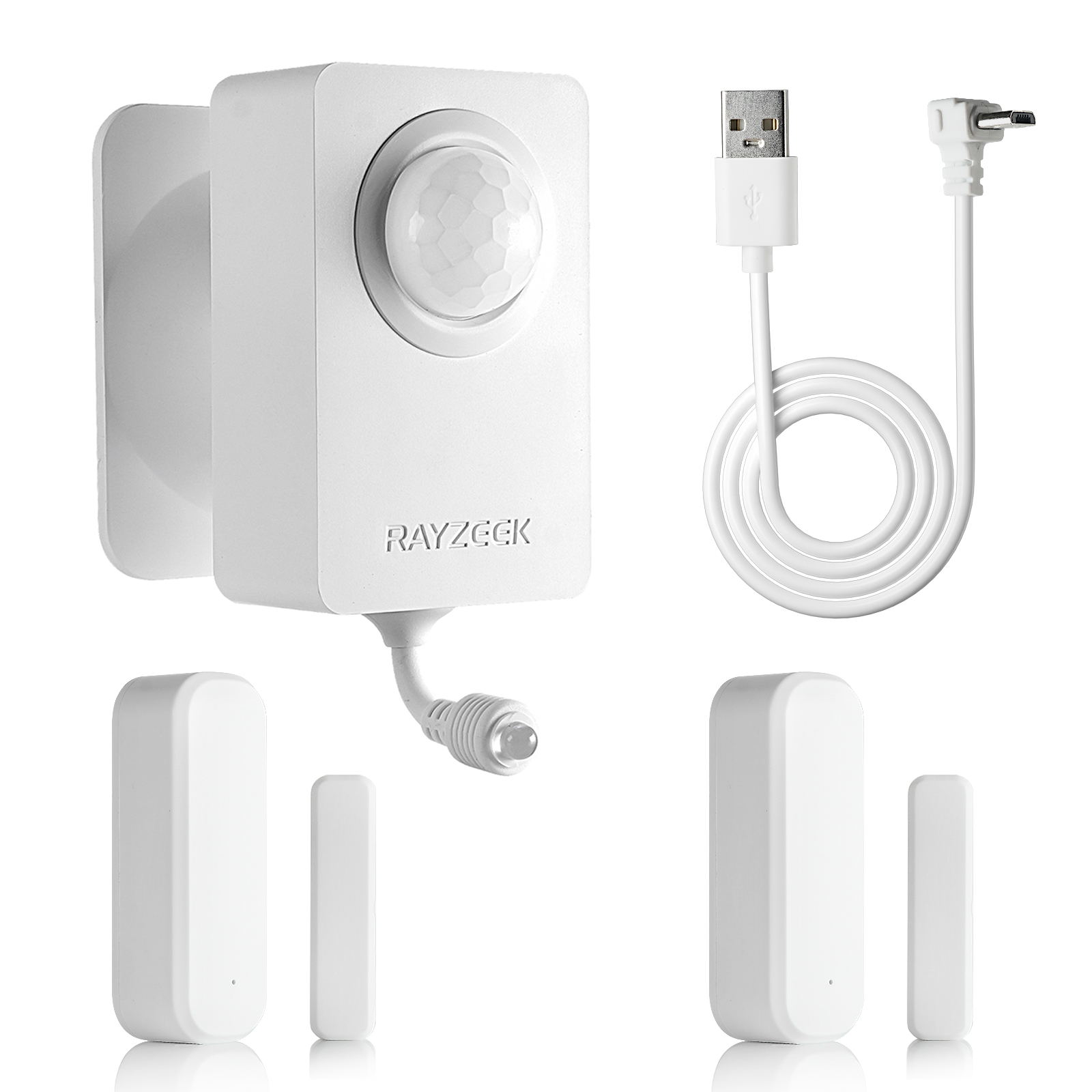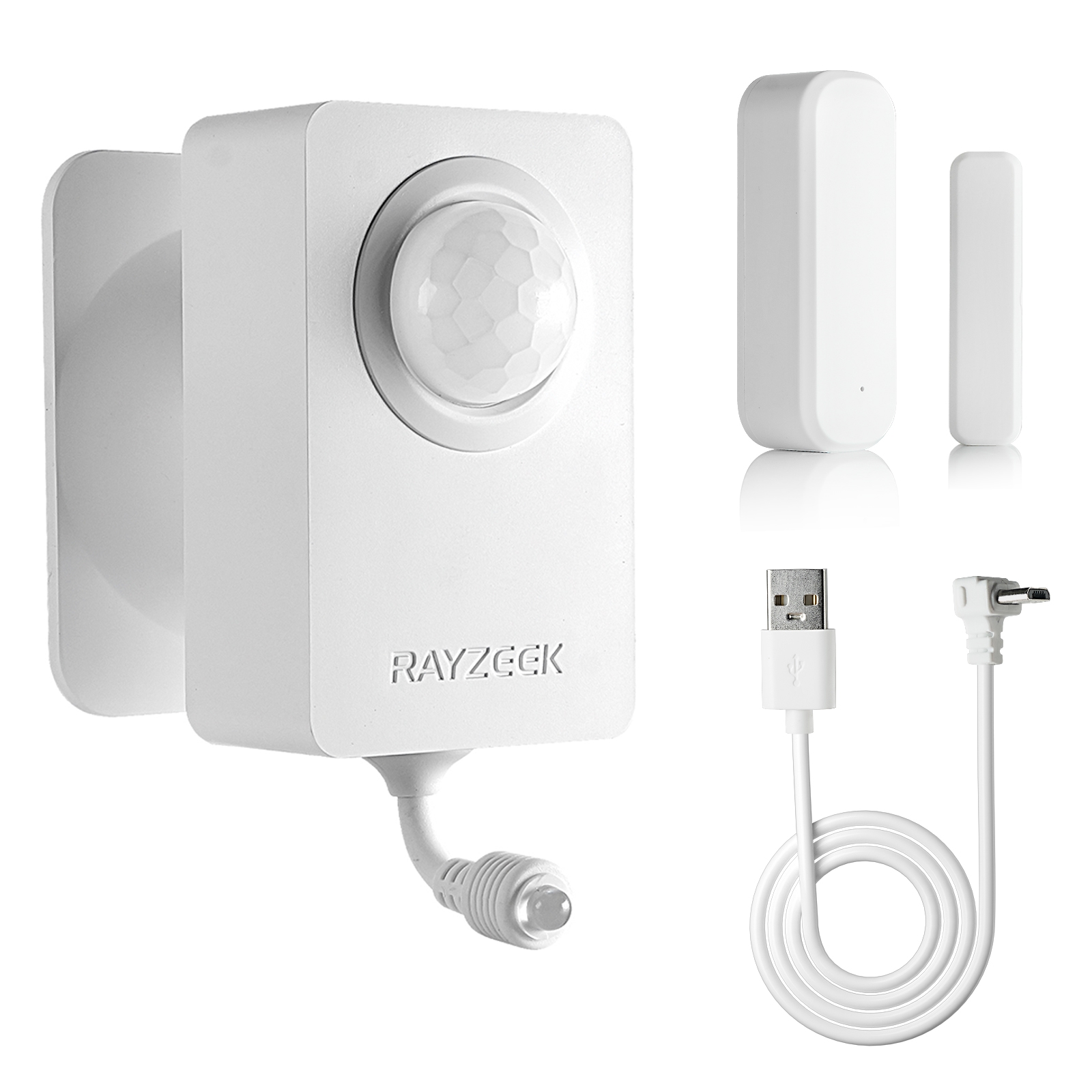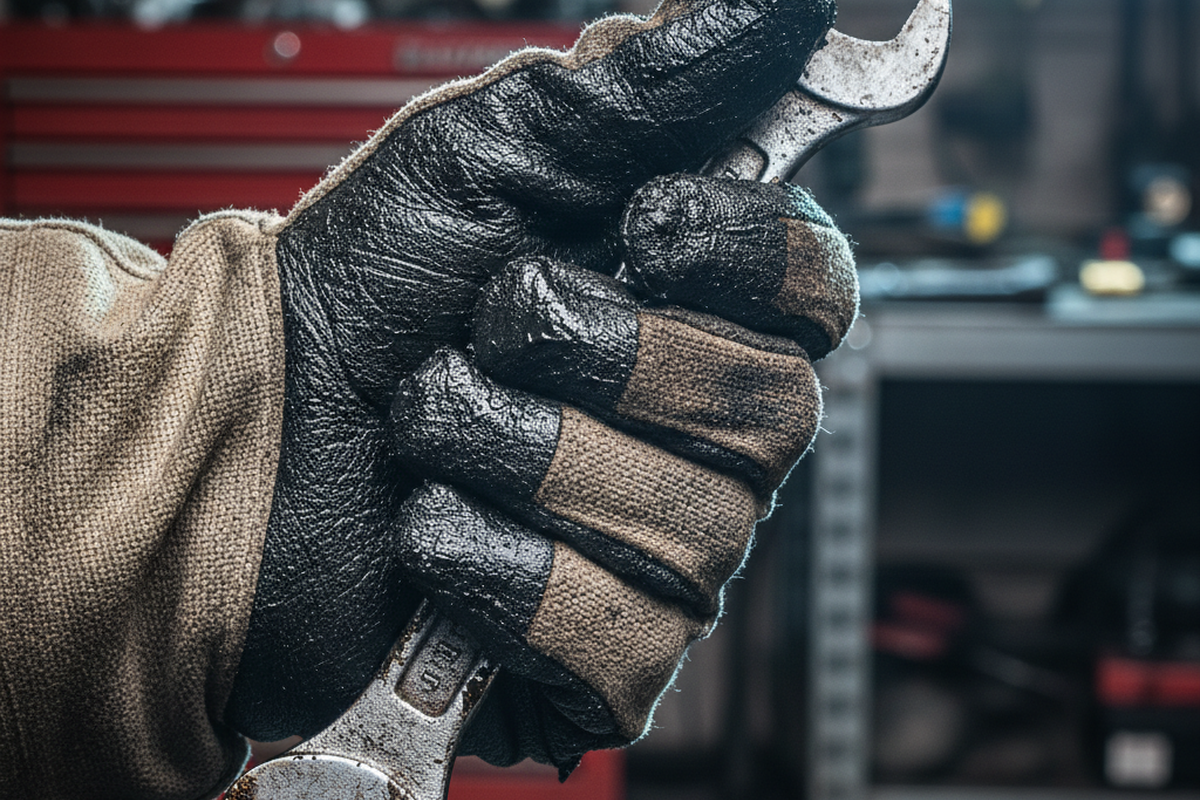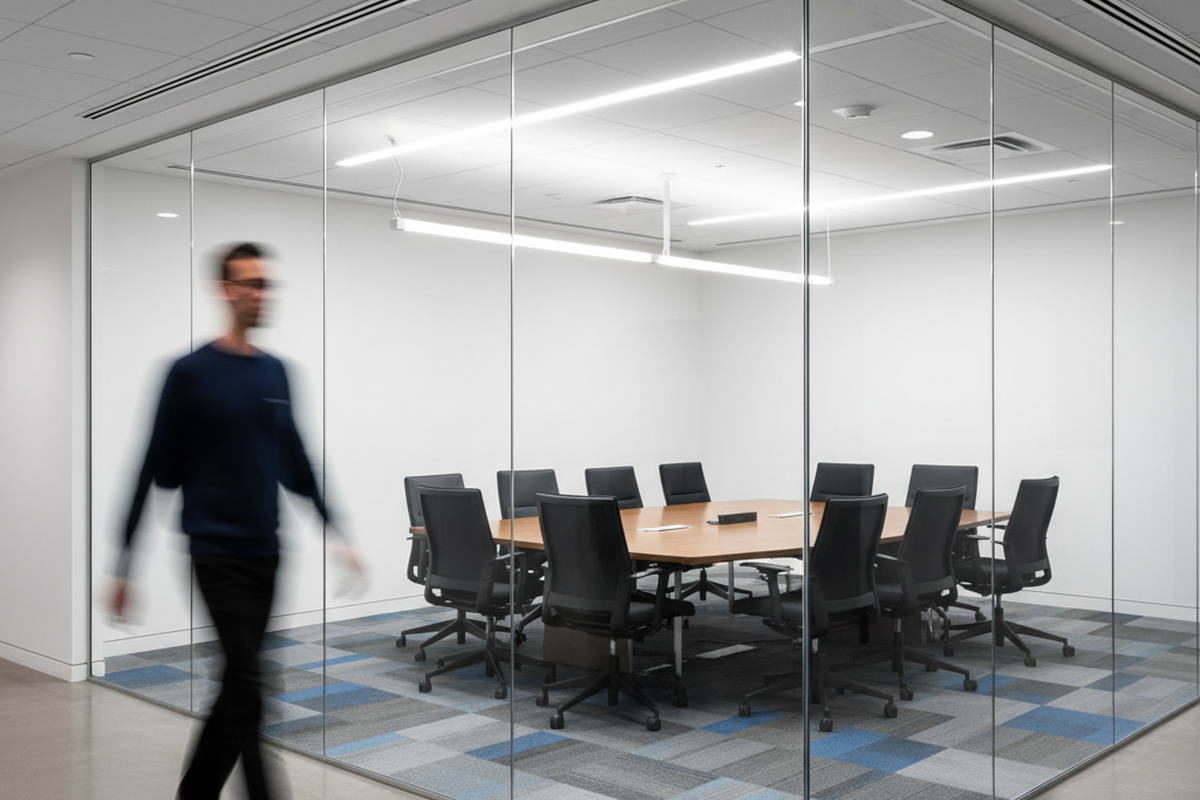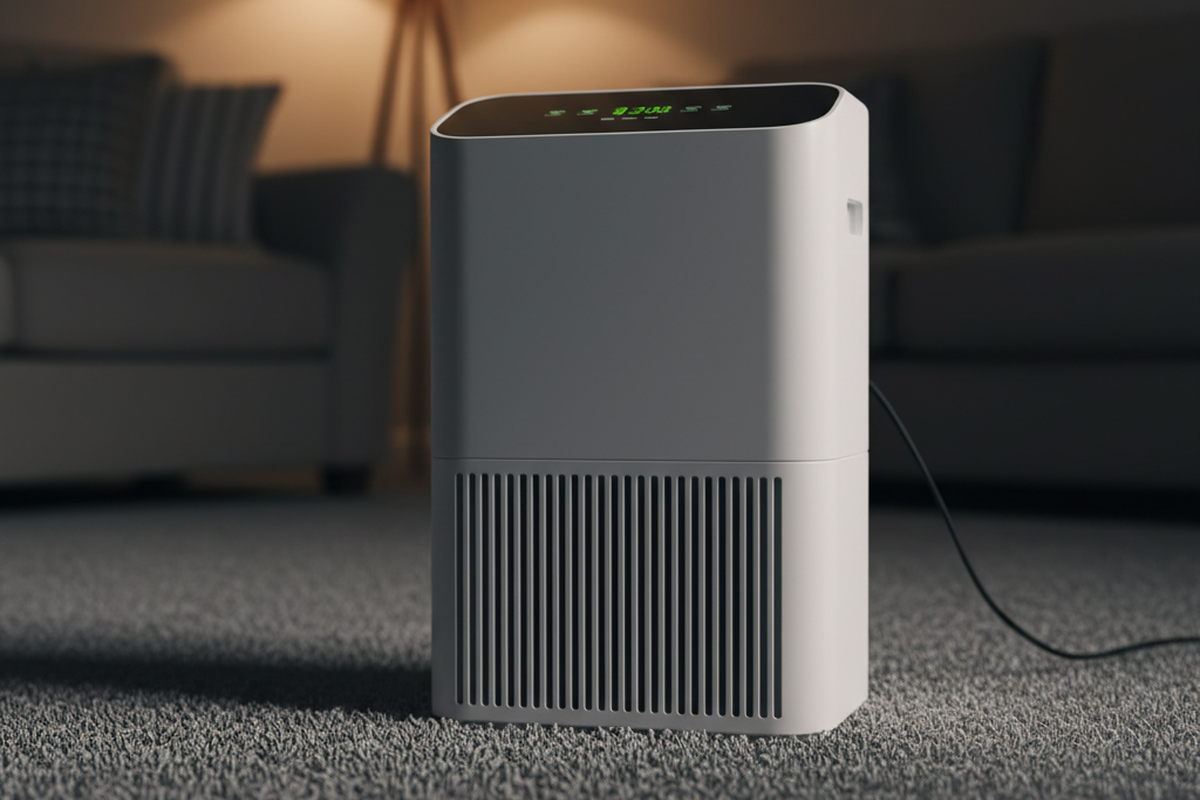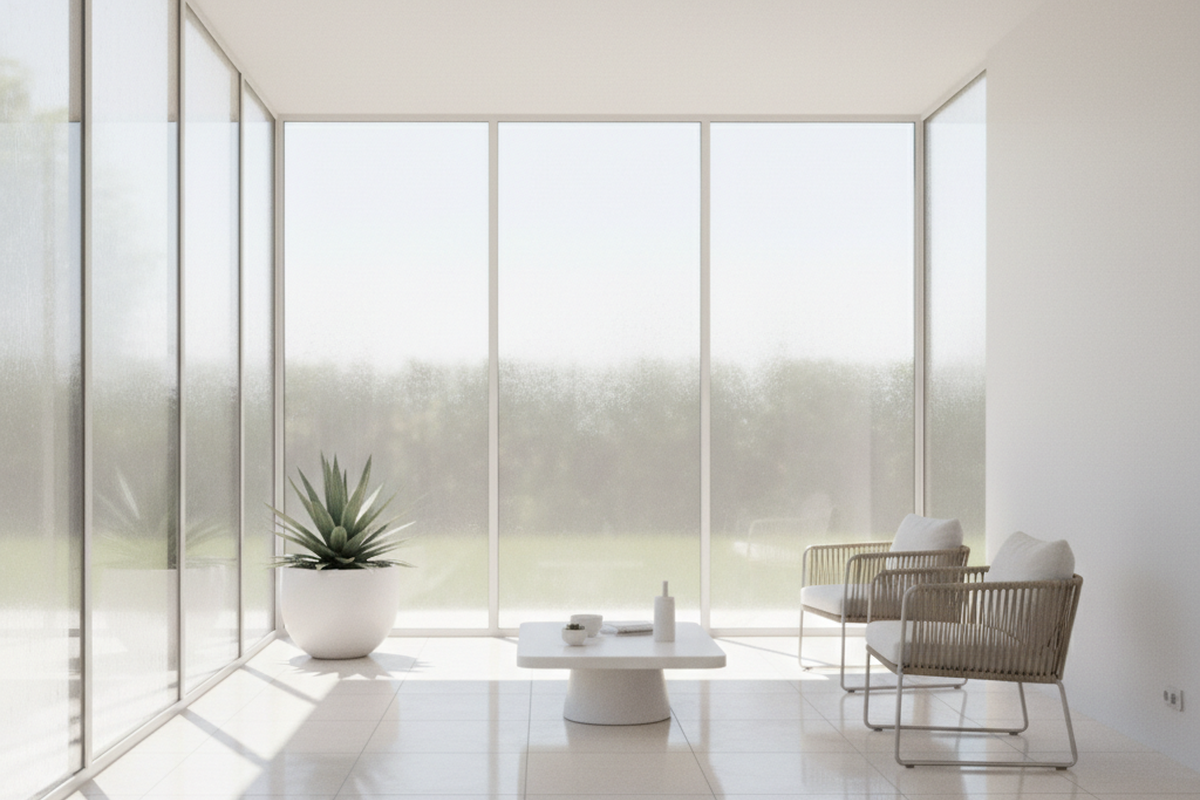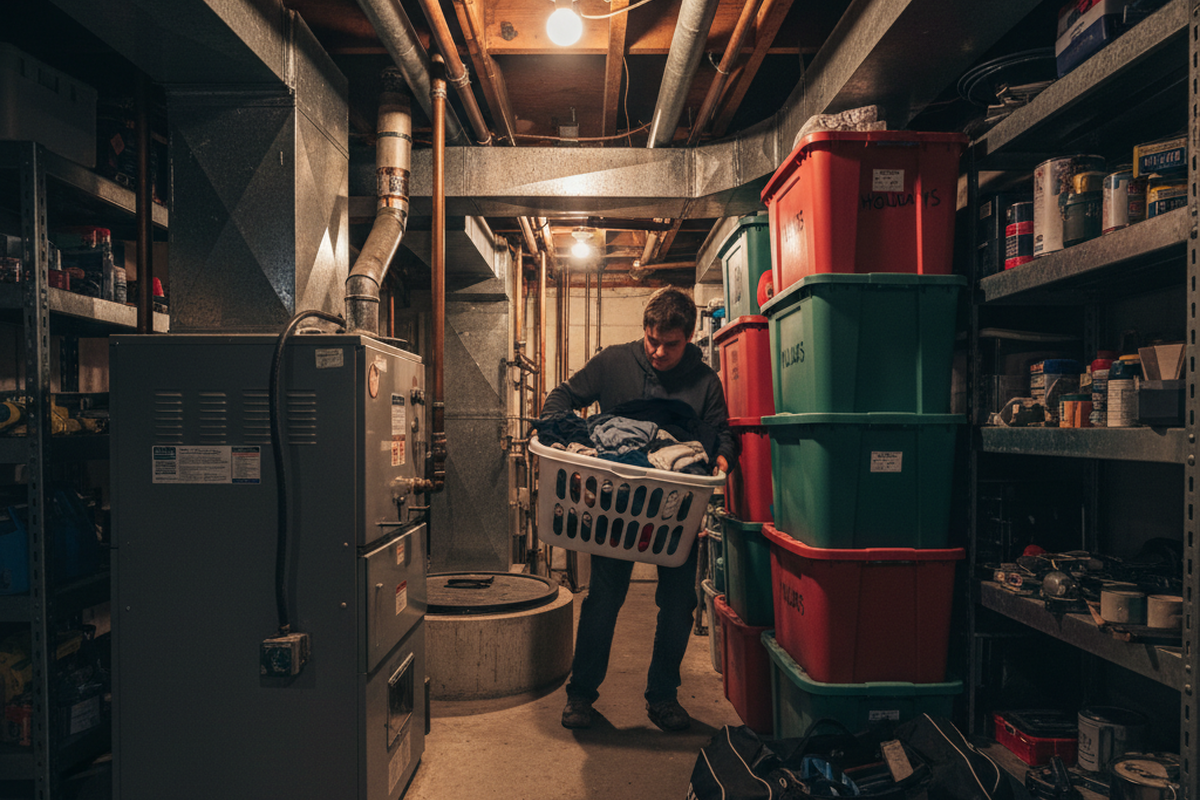Вопрос о том, кто изобрел кондиционер, кажется простым, и часто заслуга в этом принадлежит Уиллису Кэрриеру. Однако для тех, кто глубже погружается в историю климат-контроля, ответ открывает гораздо более запутанную и увлекательную историю. Это история, охватывающая тысячелетия, включающая в себя древнюю изобретательность, научные прорывы и множество блестящих умов, которые в совокупности сформировали технологию, революционизировавшую то, как мы живем, работаем и взаимодействуем с окружающей средой.
Домеханическое охлаждение: Древние методы
Задолго до появления современных кондиционеров цивилизации боролись с проблемой прохлады. В засушливых ландшафтах Древнего Египта разумным решением стали методы испарительного охлаждения. Конструкции были спроектированы таким образом, чтобы максимально увеличить поток воздуха, а пористые глиняные кувшины, наполненные водой, использовались для увлажнения и охлаждения воздуха. Римляне, известные своим инженерным мастерством, встраивали воду из акведуков в стены своих домов, создавая рудиментарную форму лучистого охлаждения. В Персии были разработаны хитроумные ветроуловители, или "бадгиры", для улавливания преобладающих бризов и направления их в здания, а подземные каналы, называемые кяризами, служили источником прохладной воды для испарительного охлаждения.
Эти методы, хотя и были в некоторой степени эффективны, по своей сути были ограничены географией, климатом и масштабом. Они приносили локальное облегчение, но не могли обеспечить точный и повсеместный контроль температуры, который со временем стал синонимом современного кондиционирования воздуха. Тем не менее, они заложили основу для будущих инноваций, продемонстрировав непреходящее стремление человека овладеть тепловой средой.
Возникновение холодильной техники: технологии до появления кондиционеров
Путь к механическому охлаждению по-настоящему начался с научной революции XVII и XVIII веков. Когда ученые начали разгадывать тайны тепла, температуры и состояния материи, была заложена основа для искусственного охлаждения. В 1748 году шотландский врач Уильям Каллен добился значительного успеха, продемонстрировав искусственное охлаждение путем испарения эфира в условиях частичного вакуума. Это стало поворотным моментом, доказавшим, что искусственное охлаждение возможно с научной точки зрения.
Позднее, в начале XIX века, эксперименты Майкла Фарадея по сжижению газов, в частности аммиака, еще больше углубили понимание принципов охлаждения. Основываясь на этих знаниях, американский изобретатель Джейкоб Перкинс запатентовал первую парокомпрессионную холодильную систему в 1834 году. Система Перкинса, в которой в качестве хладагента использовался эфир, стала новаторским достижением, продемонстрировав возможность непрерывного цикла охлаждения.
Ищете энергосберегающие решения с функцией активации движением?
Свяжитесь с нами, чтобы получить полный комплект PIR-датчиков движения, энергосберегающих продуктов, выключателей с датчиками движения и коммерческих решений для работы в режиме "занято/не занято".
Ранние холодильные системы использовались в основном для производства льда и сохранения продуктов питания. Однако они столкнулись с множеством проблем, включая разработку эффективных и надежных компрессоров, выбор подходящих хладагентов и общую сложность систем. Несмотря на эти трудности, была создана основа для следующего скачка вперед: контроля не только температуры, но и влажности и качества воздуха.
Уиллис Кэрриер: "Аппарат для обработки воздуха"
В начале XX века Уиллис Кэрриер, молодой инженер, работавший в Buffalo Forge Company. В 1902 году Карриеру было поручено решить сложную проблему в литографско-издательской компании Sackett-Wilhelms в Бруклине. Колебания температуры и влажности вызывали расширение и сжатие бумаги для печати, что приводило к смещению цветов и низкому качеству печати.
Кэрриер осознал, что контроль влажности так же важен, как и контроль температуры. Он взялся за разработку системы, которая могла бы точно регулировать и то, и другое. Его гениальное решение, запатентованное в 1906 году под названием "Аппарат для обработки воздуха", стало первой в мире по-настоящему современной системой кондиционирования. Изобретение Кэрриера использовало охлаждающие змеевики для охлаждения воздуха, но его истинная инновация заключалась в способности контролировать влажность путем регулировки температуры точки росы. Он разработал распылительные форсунки для создания тонкого водяного тумана, что позволило точно контролировать содержание влаги в воздухе. Кроме того, он установил вентиляторы и фильтры для обеспечения надлежащей циркуляции и чистоты воздуха.
Система Кэрриера была чудом инженерной мысли, а ее влияние на печатную индустрию было немедленным и глубоким. Но ее значение вышло далеко за пределы полиграфии. Кэрриер установил четыре фундаментальные функции современного кондиционирования воздуха: контроль температуры, контроль влажности, циркуляция воздуха и вентиляция. Его разработка психрометрических диаграмм, которые графически отображали зависимость между температурой, влажностью и другими свойствами воздуха, обеспечила научную основу для проектирования кондиционеров и стала незаменимым инструментом для инженеров.
Хотя первые системы Кэрриера были большими, дорогими и использовали токсичные хладагенты, такие как аммиак, они ознаменовали собой рассвет новой эры в области климат-контроля. Он не только решил конкретную промышленную проблему, но и заложил основу отрасли, которая изменит весь мир.
За пределами "Перевозчика": Другие новаторы и подходы
Уиллис Кэрриер по праву заслуживает признания как ключевая фигура в истории кондиционирования воздуха, однако важно признать, что он был не одинок в этом начинании. Созвездие других изобретателей и инженеров внесло свой вклад в развитие и совершенствование технологии кондиционирования воздуха, часто применяя альтернативные подходы и расширяя границы возможного.
Стюарту Крамеру, инженеру-текстильщику, приписывают введение термина "кондиционирование воздуха" в 1906 году. Он осознал важность контроля температуры и влажности на текстильных фабриках для улучшения качества продукции и комфорта работников. Фредерик Джонс, плодовитый афроамериканский изобретатель, разработал первый практичный портативный кондиционер в 1930-х годах. Его изобретение произвело революцию в транспортировке скоропортящихся товаров, обеспечив процветание индустрии дальних грузоперевозок.
Роберт Шерман в конце 1940-х годов изобрел первый массовый оконный кондиционер, сделав кондиционирование воздуха более доступным для домовладельцев. В то же время такие компании, как General Electric и Frigidaire, сыграли значительную роль в развитии технологий кондиционирования воздуха, разрабатывая более эффективные компрессоры и внедряя новые хладагенты.
Развитие абсорбционного охлаждения, в котором для работы холодильного цикла используется тепловая, а не механическая энергия, стало альтернативой доминирующей технологии парокомпрессии. Хотя абсорбционные системы были менее эффективны во многих областях применения, они нашли свое применение, особенно в районах с большим количеством отработанного тепла или в условиях дефицита электроэнергии.
Возможно, вы заинтересованы в
Первые десятилетия развития индустрии кондиционирования воздуха были отмечены острой конкуренцией и шквалом инноваций. Патентные споры были обычным делом, и компании боролись за долю рынка, снижая цены и улучшая характеристики своих систем. Эта динамичная среда способствовала быстрому технологическому прогрессу, что привело к появлению более компактных, эффективных и доступных кондиционеров.
Влияние кондиционеров: Общество, экономика, архитектура
Повсеместное внедрение кондиционеров в середине XX века вызвало каскад трансформационных изменений в обществе, экономике и окружающей среде. Отрасли, которые раньше были ограничены климатом, такие как производство, фармацевтика и обработка данных, теперь могли работать круглый год с беспрецедентной точностью и эффективностью. Кондиционирование воздуха повысило производительность труда, снизило порчу продуктов и позволило разрабатывать новые продукты и процессы.
Возможно, наиболее заметное влияние кондиционеры оказали на демографию и развитие городов. Наличие доступного и надежного охлаждения подстегнуло массовую миграцию в ранее негостеприимные регионы, особенно на американском Юге и Юго-Западе. Такие города, как Феникс, Лас-Вегас и Хьюстон, пережили взрывной рост, превратившись из сонных городков в шумные мегаполисы.
Кондиционирование воздуха также произвело революцию в архитектуре. Традиционные проекты зданий, в которых часто использовались такие элементы, как высокие потолки, перекрестная вентиляция и затенение для смягчения жары, постепенно были заменены герметичными конструкциями с климат-контролем. Появление стеклянно-стальных небоскребов, символа модернизма, стало возможным отчасти благодаря возможности искусственно регулировать температуру в помещениях.
Помимо физических изменений, кондиционирование воздуха сильно изменило социальное поведение и повседневную жизнь. В домах стало комфортнее круглый год, что привело к изменениям в стиле одежды, проведении досуга и режиме сна. Общественные места, такие как театры, рестораны и торговые центры, стали оазисами прохладного комфорта, привлекая толпы людей и изменяя социальный ландшафт.
Кондиционеры также сыграли решающую роль в здравоохранении, особенно в снижении числа заболеваний и смертей, связанных с жарой. Больницы и медицинские учреждения выиграли от возможности поддерживать стерильные и контролируемые по температуре условия, улучшая состояние пациентов.
Кондиционеры и окружающая среда: Настоящее и будущее
Несмотря на неоспоримые преимущества кондиционирования воздуха, его широкое использование также вызывает серьезные опасения за состояние окружающей среды. Системы кондиционирования являются основными потребителями энергии, способствуя выбросу парниковых газов и усугубляя изменение климата. Хладагенты, используемые во многих системах, особенно в старых моделях, разрушают озоновый слой или обладают высоким потенциалом глобального потепления.
Воздействие кондиционеров на окружающую среду - сложный вопрос, требующий тщательного рассмотрения. По мере роста населения планеты и повышения уровня жизни в развивающихся странах, в ближайшие десятилетия прогнозируется резкое увеличение спроса на кондиционеры. Это ставит перед нами сложную задачу: как обеспечить преимущества охлаждения и при этом минимизировать его воздействие на окружающую среду.
К счастью, индустрия кондиционирования воздуха отвечает на этот вызов волной инноваций. Стандарты энергоэффективности для кондиционеров становятся все более строгими, что побуждает производителей разрабатывать более эффективные компрессоры, двигатели и теплообменники. Также ведется разработка новых хладагентов с меньшим потенциалом глобального потепления, хотя переход на эти альтернативы - процесс постепенный.
Помимо технологических усовершенствований, все большее признание получает важность стратегий устойчивого охлаждения. Пассивные методы охлаждения, такие как естественная вентиляция, затенение и тепловая масса, открываются заново и интегрируются в проекты зданий. В некоторых регионах набирает обороты солнечное кондиционирование, использующее солнечную энергию для охлаждения.
Один из простых, но эффективных способов, с помощью которого люди могут внести свой вклад в более устойчивое будущее, - это минимизация энергопотребления кондиционеров. Такие продукты, как датчик движения кондиционера RZ050, предлагают практичное решение для автоматического отключения кондиционеров в незанятых помещениях, снижая потребление энергии без ущерба для комфорта.
Вдохновитесь портфолио датчиков движения Rayzeek.
Не нашли то, что хотели? Не волнуйтесь. Всегда есть альтернативные способы решения ваших проблем. Возможно, вам поможет один из наших портфелей.
RZ050 Датчик движения кондиционера
Станьте зеленым с помощью интеллектуального управления кондиционером.
- Уменьшите воздействие вашего кондиционера на окружающую среду.
- Автоматически отключает кондиционер, когда в комнате никого нет.
- Ночной режим обеспечивает бесперебойный сон.
Будущее кондиционирования воздуха, вероятно, будет включать в себя сочетание технологических достижений, политических мер и изменений в поведении. Умные термостаты, программы реагирования на спрос и системы автоматизации зданий могут помочь оптимизировать энергопотребление и снизить пиковый спрос. Кампании по повышению осведомленности общественности могут побудить потребителей к более энергосберегающим методам охлаждения.
В заключение следует отметить, что изобретение кондиционера не было единичным событием, а скорее сложным и многогранным процессом, в котором участвовало множество людей и технологических прорывов. Хотя вклад Уиллиса Кэрриера, несомненно, был ключевым, вся история включает в себя богатый гобелен научных открытий, инженерной изобретательности и преобразований в обществе. По мере того как мы преодолеваем трудности, связанные с потеплением климата, понимание истории и эволюции кондиционирования воздуха необходимо для разработки устойчивых решений в области охлаждения, которые могут обеспечить комфорт и благополучие для всех, сохраняя при этом будущее планеты.

